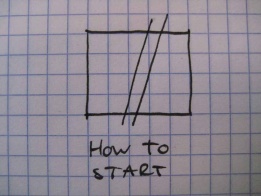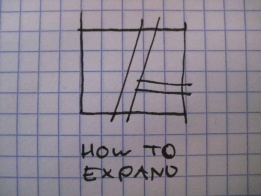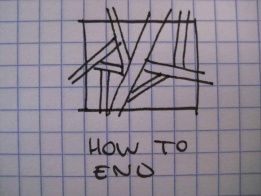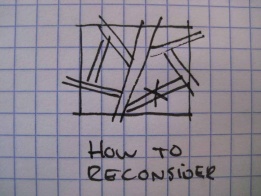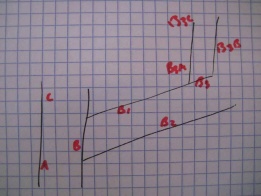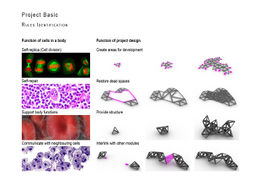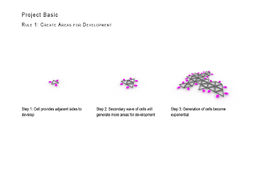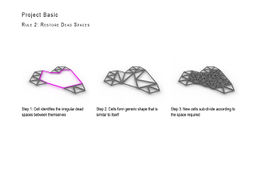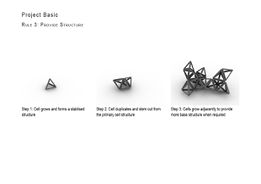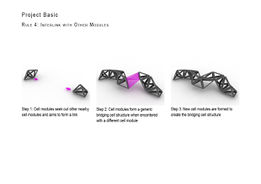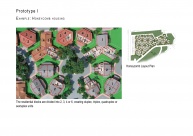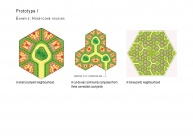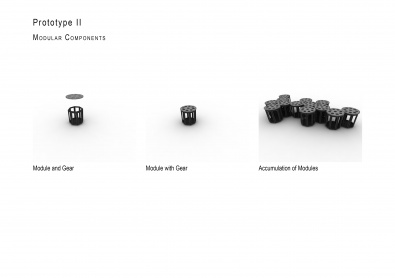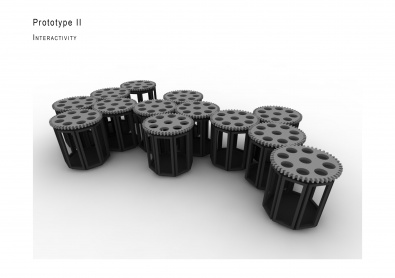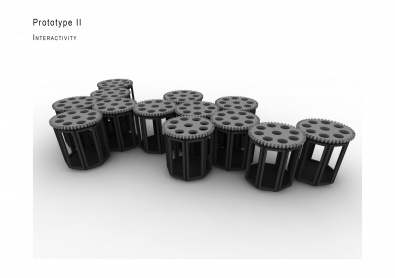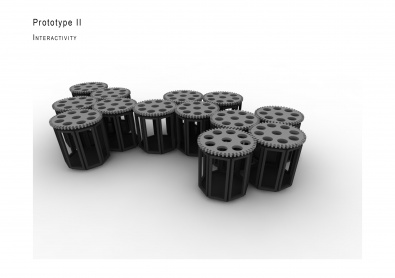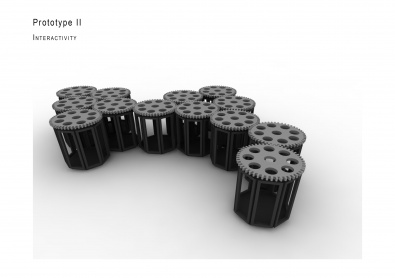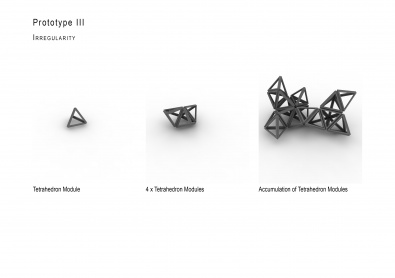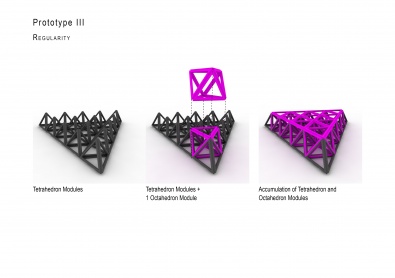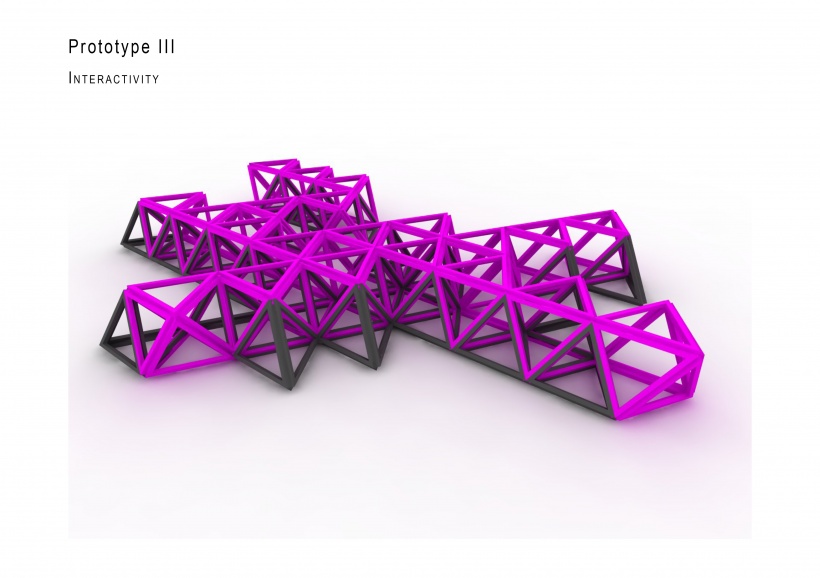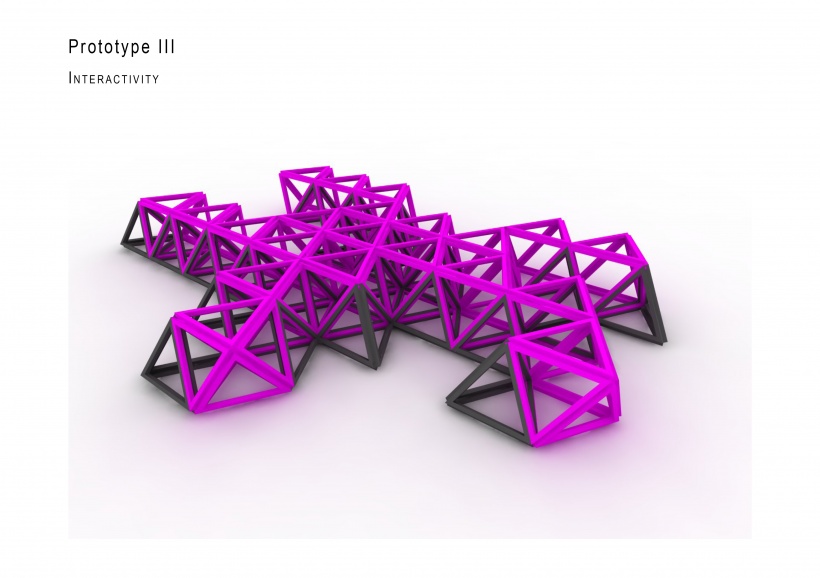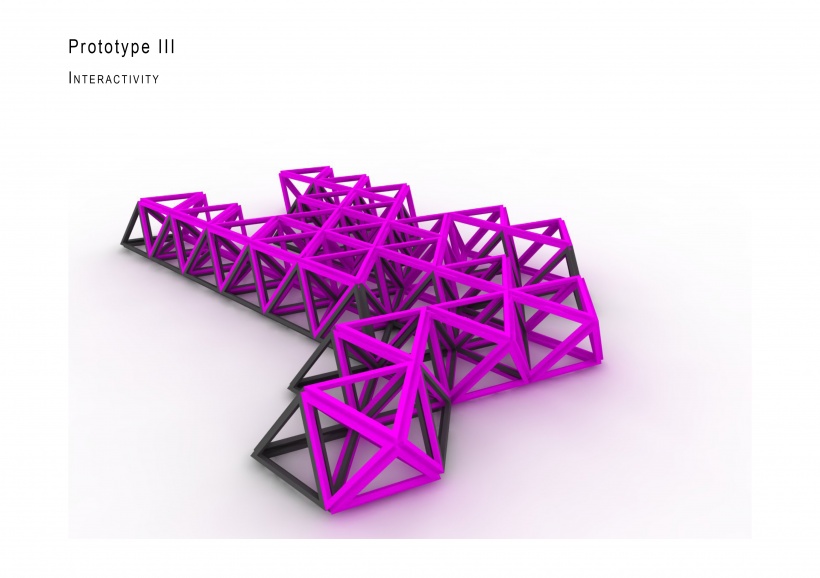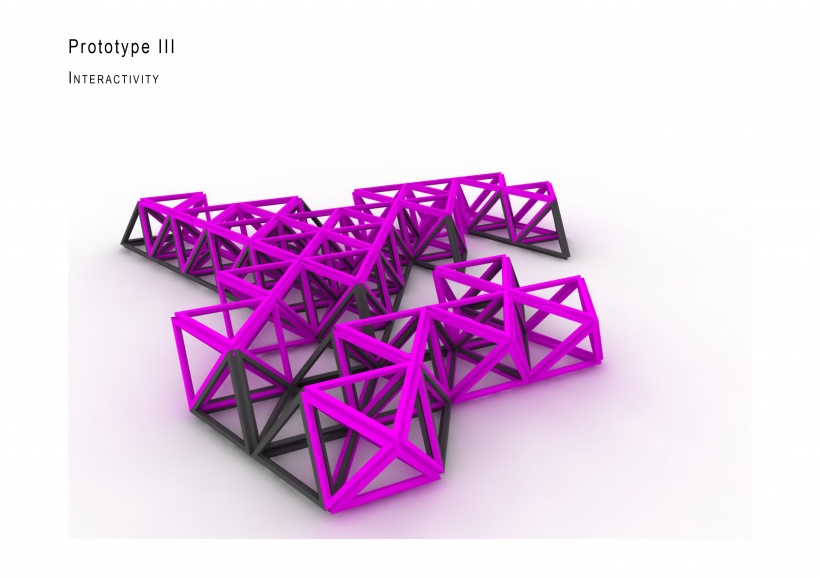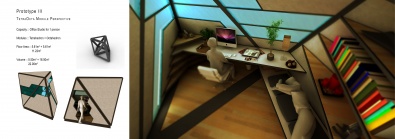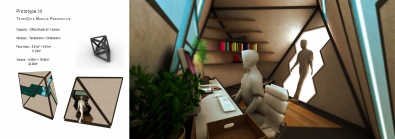project12:Prototype
From Msc1
(Difference between revisions)
| Line 79: | Line 79: | ||
<div style="float:left; width: 95px; height: 95px; margin-right:12px; padding:5px; border:3px solid #eeeeee;" align="left"> | <div style="float:left; width: 95px; height: 95px; margin-right:12px; padding:5px; border:3px solid #eeeeee;" align="left"> | ||
| + | <div align="left"><a href="#3C"><font color="#1982D1" size="2">TetraOcta Module Perspective</font></a></div> | ||
</div> | </div> | ||
| Line 281: | Line 282: | ||
}}<html> | }}<html> | ||
</div> | </div> | ||
| + | |||
| + | <br> | ||
| + | |||
| + | <hr><hr><a name="3C"><font color="#1982D1" size="4">TetraOcta Module Perspective</font></a> | ||
| + | <div style="float:right; padding:0px;"> | ||
| + | <a href="#TOP"><font color="#1982D1" size="2">Go back up</font></a> | ||
| + | </div> | ||
| + | <hr><hr> | ||
| + | |||
| + | <div style="width:820px; height:290px; margin-left:10px; margin-top:25px; padding: 0px; border:0px; align:center;"> | ||
| + | <div style="float:left; width:395px; margin:5px; padding: 0px; border:1px solid #eeeeee;"> | ||
| + | </html>[[File:Project12_Prototype_III_-_TetraOcta_Module_Perspective_01.jpg|395px]]<html> | ||
| + | </div> | ||
| + | <div style="float:left; width:395px; margin:5px; padding: 0px; border:1px solid #eeeeee;"> | ||
| + | </html>[[File:Project12_Prototype_III_-_TetraOcta_Module_Perspective_02.jpg|395px]]<html> | ||
| + | </div> | ||
| + | </div> | ||
| + | |||
</html>__NOTITLE__ | </html>__NOTITLE__ | ||
Revision as of 14:55, 28 March 2012
Menu :: Home || Journal || Challenge || Prototype || Phase I Deliverables || About Me
Prototype 1
Reliance Rules of Growth
Reliance Rules of Growth
with Sjors de Graaf
Prototype 2
Kinetic Motion
Kinetic Motion
with Max Bi
Prototype 3
Origami Folding
Origami Folding
by Linus Tan
Prototype 1: Sjors' Rules of Growth
Prototype 1: Linus' Rules of Growth
As nature has the simplest generative systems, it was looked into to aid the project and its system design theory. Using the analogy of human cells, the functions of the cells were investigated, and adopted in the system design theory for the project.
Prototype 1: Honeycomb Cul-de-Sac
In “honeycomb housing” small courtyard neighbourhoods of 5 to 16 cluster houses form cul-de-sac communities of 42 houses or less, which in turn form part of a larger neighbourhood of up to 300 houses. The honeycomb concept was first introduced in Malaysia as an alternative to terrace houses and the predominantly rectilinear form of residential layouts. It seeks to offer a community lifestyle that many Malaysians used to enjoy in their childhood but in an urban setting.
Linus' modules could be the houses whereas Sjors' pathways could be network path. This creates open spaces which acts as a central common area between a few modules, allowing active interaction between the users. The pattern could be replicated on different scales, from a few modules to many.
Prototype 2: Eco-Pods
by Howeler + Yoon Architecture and Square Design Lab
Taking advantage of the stalled Filene' construction site at Downtown Crossing, Eco-Pod proposes to stimulate the economy, and the ecology, of downtown Boston, with a temporary vertical algae bio-reactor and new public Commons, built with prefabricated modules. The pods will serve as bio-fuel sources and as micro-incubators for research and development programs. The voids between pods form a network of vertical public parks/botanical gardens housing unique plant species - a new Uncommon for the Commons.
The reconfigurable modular units anticipate future deployments on other sites. An instant architecture, the armature allows the structure to transform to meet changing programmatic and economic needs, while the continuous construction on the site will broadcast a subtle semaphore of constructional activity and economic recovery. This is anticipatory, pre-cycled architecture, capable of generating a new micro-urbanism that is local, agile, and carbon net positive.
Prototype 2: ATRON Meta-Modules
by Modular Robotics Labs (University of Southern Denmark)
The ATRON self-recongurable robot consists of simple interconnected modules which can self-reconfigure. Motion constraints of the individual modules are reduced by using meta-modules composed of three modules.
In this video three meta-modules move on the same surface of modules. They do not communicate so they collide with one another, but the control system is able to tolerate this so that they can co-exist. The second part of the video shows in simulation how this meta-module based control approach can be scaled up to hundreds or more modules.
Prototype 2: Gearing Mechanisms
Modular Components and Interactivity
Irregularity and Regularity
Interactivity
TetraOcta Module Perspective

